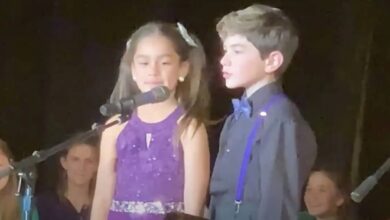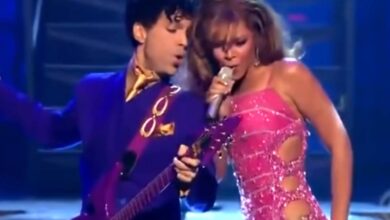Captain Kangaroo: A Timeless Beacon of Childhood in the 1960s
In the golden era of television, where new shows were sprouting like daisies in spring, one program stood out as a beacon of warmth and comfort for countless children: Captain Kangaroo. Premiering in the late 1950s and flourishing through the vibrant 1960s, this beloved show became a cornerstone of childhood, leaving an indelible mark on generations who grew up watching its gentle adventures.
At the heart of Captain Kangaroo was the enigmatic yet endearing character, portrayed by the charismatic Bob Keeshan. With his signature red sweater and kind demeanor, Captain Kangaroo embodied the ideal mentor and friend that every child yearned for. His character was more than just a host; he was a guardian in the whimsical world of the Land of Make-Believe, where imagination knew no bounds.
The 1960s were a time of significant social change and upheaval, yet Captain Kangaroo provided a sense of stability and reassurance. Amidst the turbulence of the decade—from the civil rights movement to the space race—the show offered a sanctuary where children could escape into a realm of simplicity and joy. The gentle storytelling and positive messages served as a comforting constant in a rapidly changing world.
One of the most emotional aspects of Captain Kangaroo was its unwavering dedication to education and moral values. Each episode was carefully crafted to teach important life lessons, from sharing and kindness to curiosity and creativity. The show’s subtle yet profound approach to education fostered a generation of thoughtful, compassionate individuals who carried these values into adulthood.
The supporting cast of characters, including Mr. Green Jeans, Mr. Moose, and the playful squirrel, Mister Rogers, added layers of depth and companionship to the show. These characters were not mere sidekicks but integral parts of the narrative tapestry, each bringing their own unique charm and wisdom. Their interactions with Captain Kangaroo created a sense of community and belonging that resonated deeply with young viewers.
Captain Kangaroo was also a pioneer in incorporating diverse elements into its programming. The show featured a rich variety of musical performances, storytelling sessions, and interactive segments that engaged children’s senses and intellects. This holistic approach to entertainment ensured that every child found something to love and relate to, fostering a lifelong love for learning and exploration.
Nostalgia for Captain Kangaroo runs deep among those who grew up in the 1960s. The show’s gentle pacing, soothing narration, and heartwarming stories evoke a longing for simpler times and the innocence of childhood. For many, revisiting the memories of watching Captain Kangaroo is akin to returning to a cherished safe haven, where laughter and love were always on the agenda.
As we reflect on the legacy of Captain Kangaroo, it is clear that its impact transcends the confines of television. The show’s emphasis on empathy, creativity, and resilience continues to inspire creators and educators today. Captain Kangaroo remains a timeless symbol of nurturing and guidance, reminding us of the profound influence that positive role models can have on young minds.
In conclusion, Captain Kangaroo was more than just a TV show; it was a heartfelt companion to millions of children navigating the wonders of their early years. Its legacy endures as a testament to the power of kindness, imagination, and unwavering support. As we honor the memory of Captain Kangaroo, we celebrate the enduring spirit of a program that truly was chicken soup for the soul, offering comfort and joy to generations past, present, and future.





